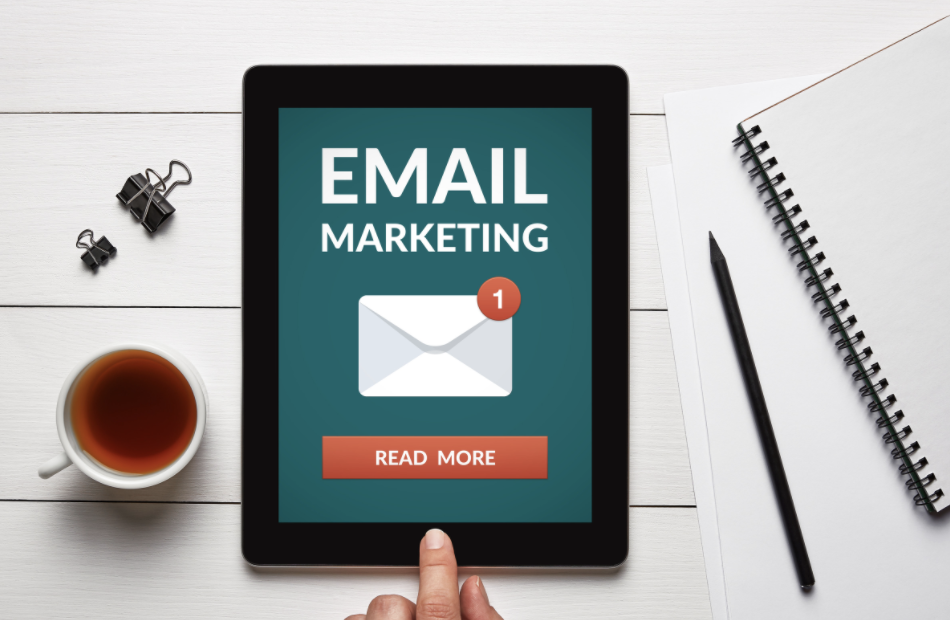Many businesses have completely altered the way they operate in 2020. More and more products and services move online and many employees will continue to work remotely or in a hybrid setting for much of next year.
- Home
- Tag: Digital Marketing Trends
A study found that 84% of people now expect brands to publish content that entertains, provides solutions and is engaging. Content really is the brand ambassador of an organization and as a marketer, you have to make
Nobody was prepared in the slightest for everything that occurred in 2020, and that includes digital marketing agencies. When initial shutdowns began worldwide, agencies all over the world decreased significantly in revenues. While 2021 still holds some
Looking to increase your brand awareness and grow your small business in 2021? Utilize these 5 psychological factors and strategies to achieve just that. 1. Social Influence Today, around 80% of consumers’ purchasing decisions are influenced by
Back in May of this year Instagram had rolled out a new “Guides” feature to only a select few influencers. This week they have now made this available to all users, giving everyone a new way to
Influencer marketing allows brands to easily break into the consumers’ circle of trust in a way that feels more organic and welcomed. It’s relevant, reliable and relatable, making it an extremely effective marketing tool for brands. Are
No matter what you’re sharing on social media, it always performs best when paired with striking visuals. So here are some social media design tip best practices to help your content stand out amongst the crowd. 1.
As marketers, we're always looking for new ways to improve and enhance our strategies, especially when it comes to SEO. Here are 6 link building SEO techniques that will not only increase the amount of traffic you
Email marketing is one of the best ways to remain top-of-mind with your audience. According to Campaign Monitor, email is capable of driving a 4400% ROI and $44 for every $1 spent. The opportunity email presents is
Not all website structures are favored equally by search engine algorithms. A site that is a disorganized jumble mess of pages is unlikely to rank well against a structure that is rigorous and streamlined. To make your















